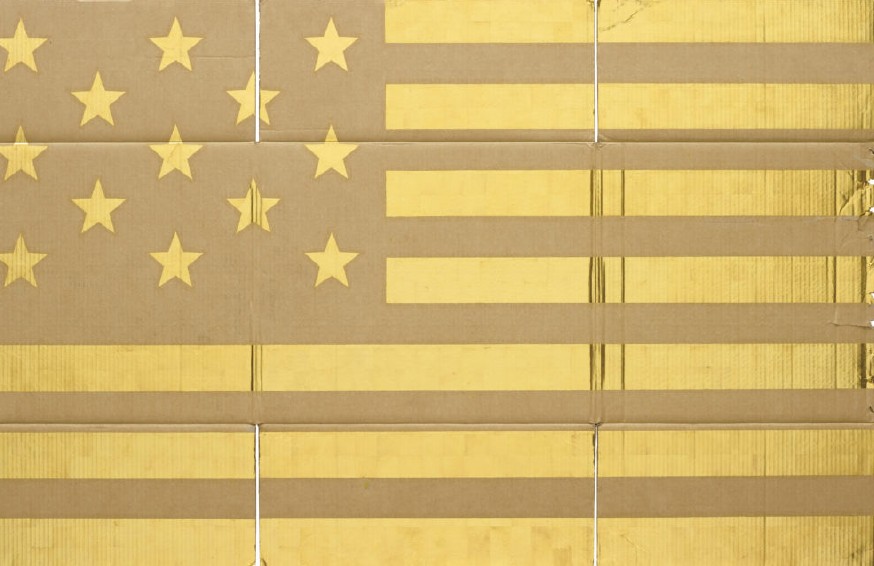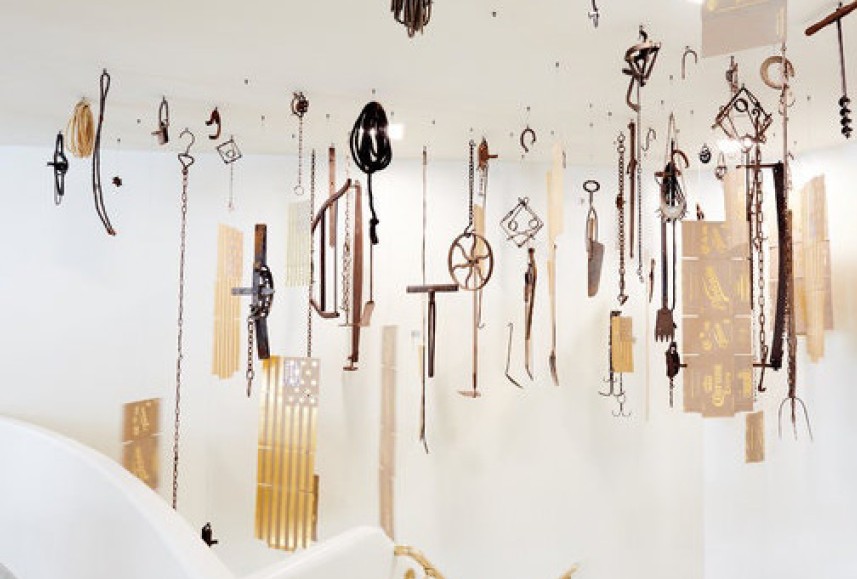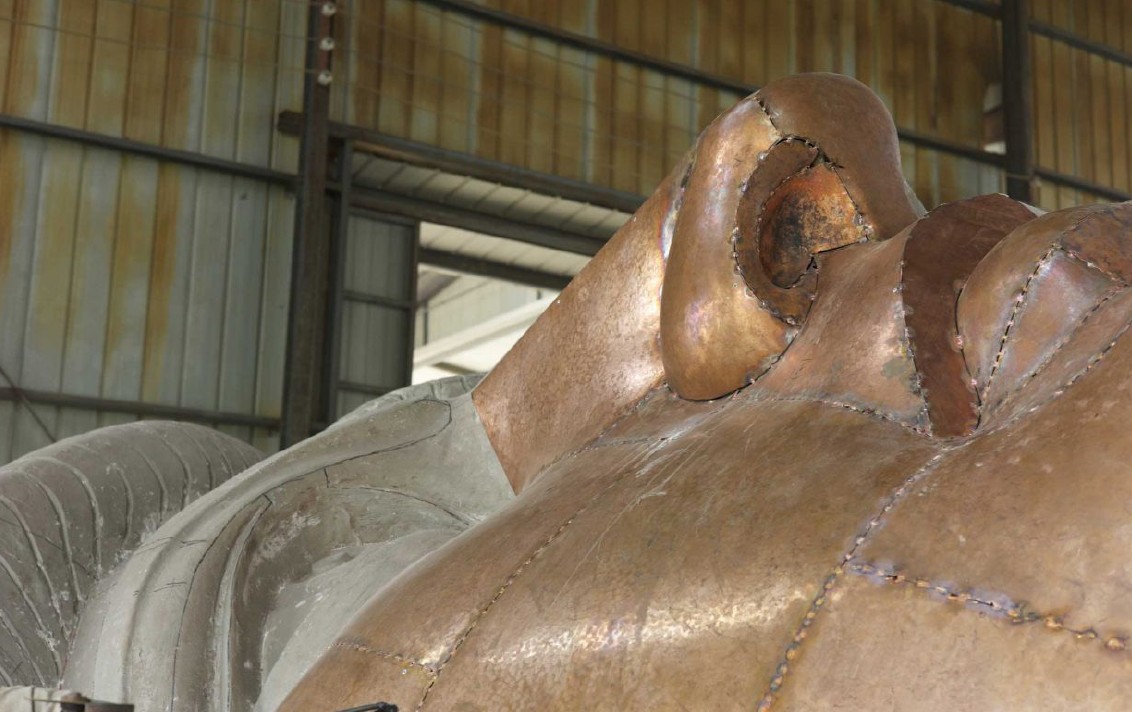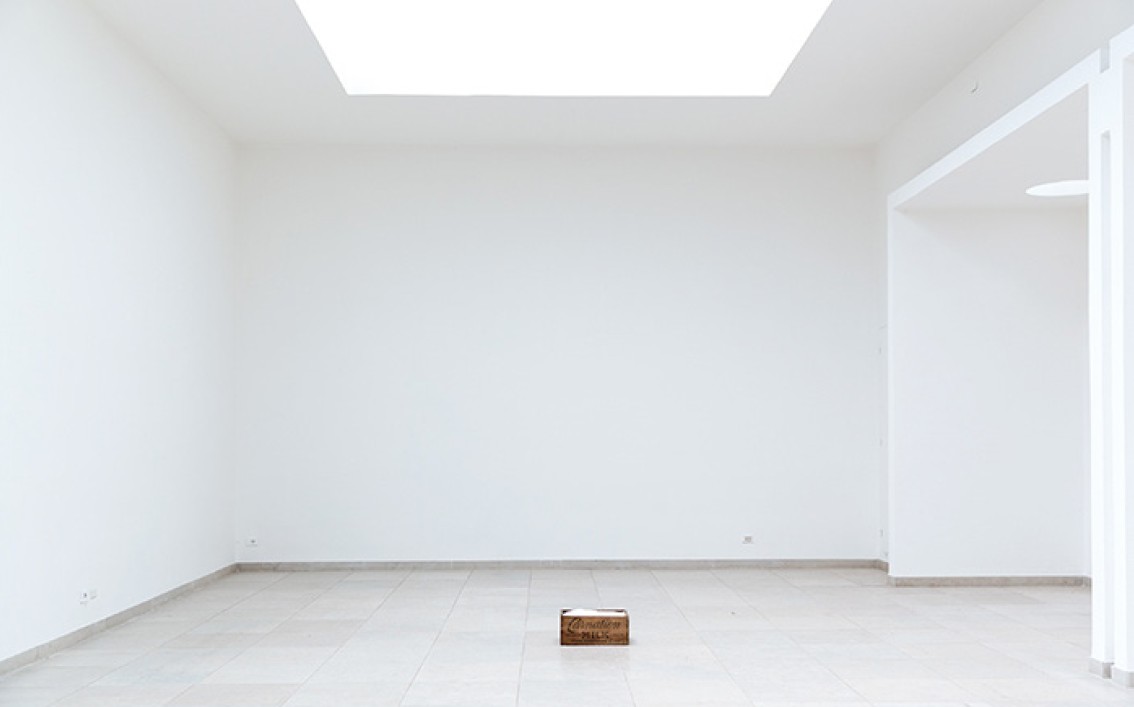From Here to Eternity: Sunil Gupta. A Retrospective
Queering the photographic lens
From Here to Eternity is the first major retrospective of UK-based photographer Sunil Gupta (b. 1953, New Delhi). The show invites audiences to experience temporal and epistemic shifts translated through the affective visual delicacies produced through Gupta’s optical lexicon. Sharing works from the 70s to 2012, the gallery space becomes a timeline animated by the viewer moving from image to image. The intimacy uniting Gupta and his camera enchants those who contemplate these photographs, opening up the possibility for thinking critically about the relationship between identity, representation, bodies and freedoms. SOUTH SOUTH interviewed Gupta to reflect on his practice and the significance of the show.

Sunil Gupta
Untitled #22, 1976
From the series Christopher Street
Courtesy the artist and Hales Gallery, Stephen Bulger
Gallery and Vadehra Art Gallery
© Sunil Gupta
All Rights Reserved, DACS 2020
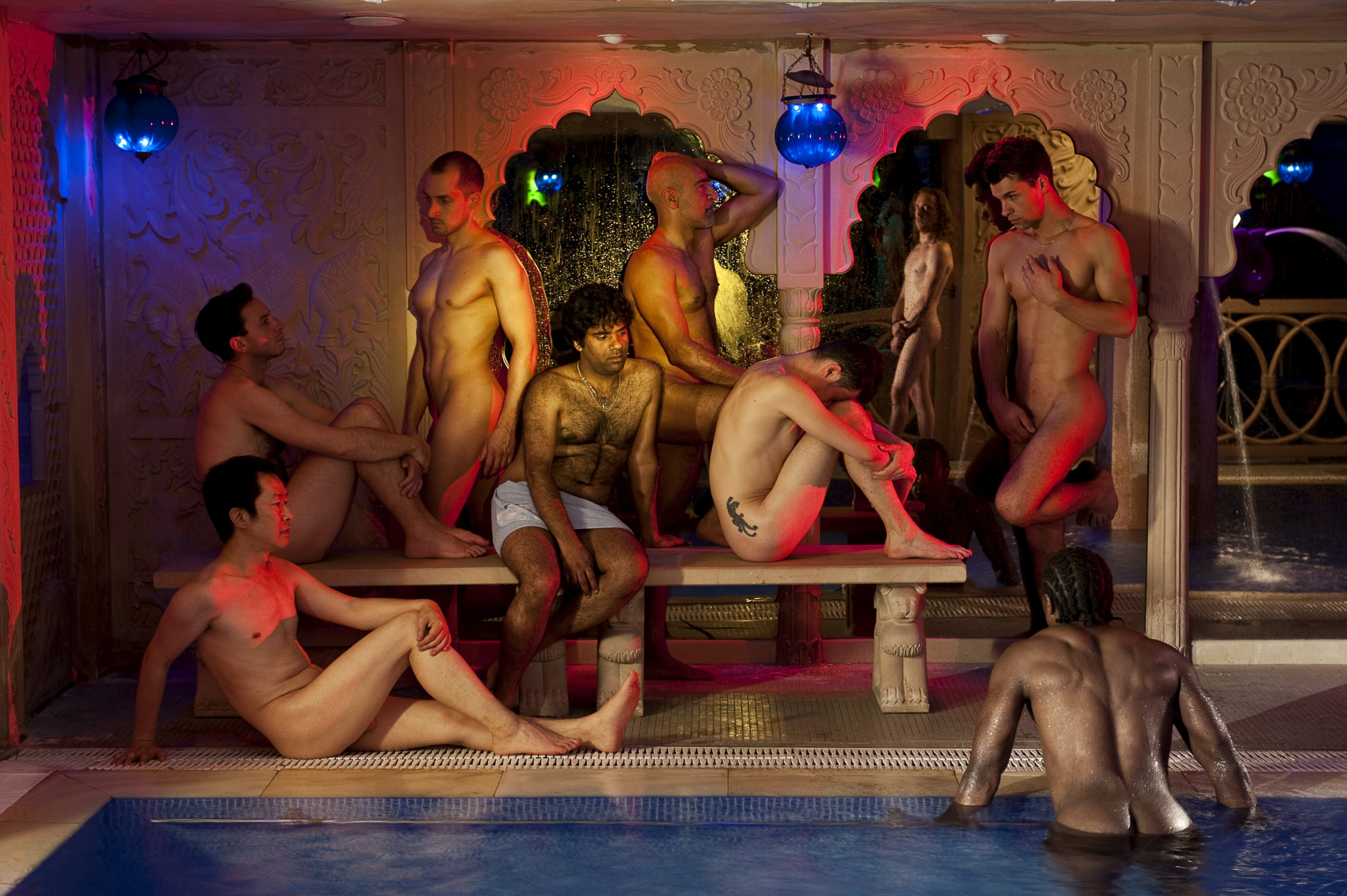
Sunil Gupta
Untitled #9, 2010
From the series Sun City
Courtesy the artist and Hales Gallery, Stephen Bulger
Gallery and Vadehra Art Gallery
© Sunil Gupta. All Rights Reserved, DACS 2020
SOUTH SOUTH (SS): How do you view your relationship with photography now? How has this relationship evolved over the years?
Sunil Gupta (SG): Photography remains central to my practice even now, although the medium itself and my relationship to the way it has been used has been changing over the years. When I began, I was drawn towards a documentary practice that was focused on social change. But soon that became more and more difficult, so I was forced to resort to a more constructed form of image making. But still retaining a documentary style. Text playing not the part of a caption but as a graphic element within the work. Then digital came along and all the self-evident truths of photography as evidence were called into question.
SS: Who do you see as the audience for your work? How would you describe your consideration and connection to them as present in the bodies of work included in From Here to Eternity?
SG: The primary audiences for my work are black and South Asian queer people. Then of course, queer people of all shades and colours everywhere as we are a global tribe. I suppose over the years this has grown to include ever increasing people from a variety of marginalised subcultures who probably don’t even frequent art galleries and museums. As my practice became more and more focused on autobiography, the content became very much driven by a specific connection to younger generations of queer people of colour who, unlike my generation, are beginning to see historical aspects of their experiences on display.
SS: How would you describe your contemplations on the body (body as a political site, body as a site of pleasure and intimacy, etc.) in each series that is part of the show? How does this filter into your intentions to portray or construct a portrayal of a ‘gay Indian image’ in your work from the 1980s?
SG: I emerged from art school at the beginning of the 1980s into a world that was post-civil rights, post-feminism and increasingly post-modern and postcolonial. The body was central to our concerns. There was the body of colour that was missing from art history, there was the body of pleasure and sexuality that was only described in a binary heterosexual normativity. There were no lesbian and gay bodies. In London, I joined the Black Arts movement that described the body as being black in a postcolonial way. I didn’t think my body belonged to an ethnic minority. Of course, this has filtered into all the series in my show, and there are too many to describe here. But in the case of ‘a gay Indian image’, I was trying to locate the missing gay Indian man in terms of photography and artistry.
SS: Going back to the idea of making visible a gay Indian image, which you mentioned during the conversation Queer Anticipation, thinking about space or specific places in India and other countries you have lived in relation to yourself and other queer, South Asia people became quite prominent. Could you share more about your thoughts on the private and the public, and how the camera facilitated these articulations? What were some of the key places for you to photograph across each series?
For centuries gay men have always had to find each other outside of the family in public spaces. This was always a risky task giving that sodomy was illegal nearly everywhere until recently. So, this act of cruising is central to the gay experience and has contributed to a larger sense of belonging and community. Most countries that I worked in have a British or British colonial experience which meant that the 1860 anti-sodomy laws have only just begun to be repealed with varying degrees of success in Africa and Asia. What’s interesting to me is that the language of the current legalising law talks about having sex between consenting adults in private. This luxury of privacy is often not available to many gay men who do not live in western Metropolitan centres. So, photographing gay lives in New Delhi it was inevitable that it needed to be done in public spaces. In the 70s I felt compelled to document Christopher Street as a Public space where gay men could be out and about and still be themselves.
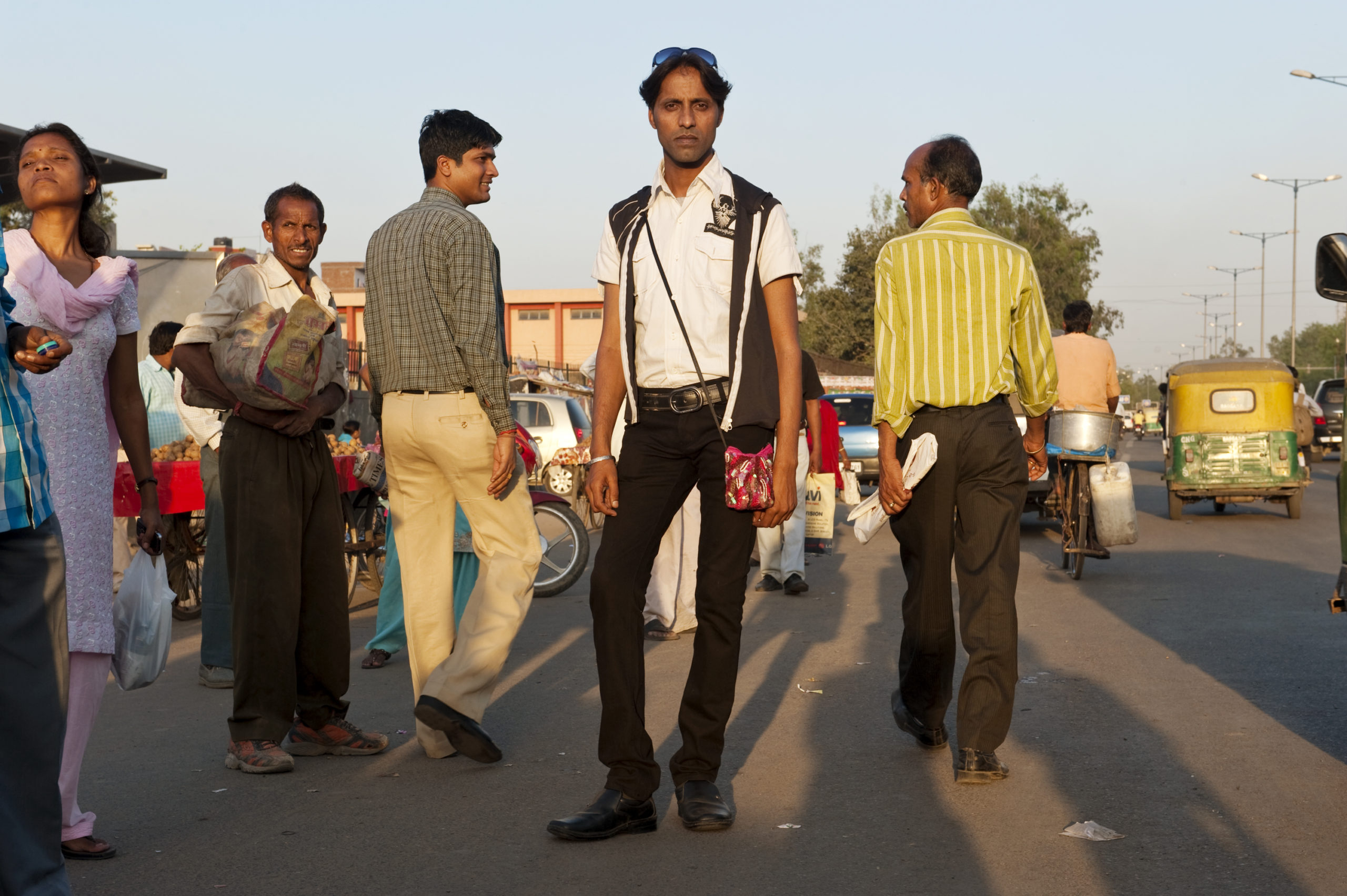
Sunil Gupta
Manpreet from the series Mr Malhotra’s Party, 2011
Courtesy the artist and Hales Gallery, Stephen Bulger
Gallery and Vadehra Art Gallery
© Sunil Gupta
All Rights Reserved, DACS 2020
As my practice became more and more focused on autobiography,
the content became very much driven by a specific connection to
younger generations of queer people of colour who,
unlike my generation, are beginning to see historical
aspects of their experiences on display.
SS: Why do you think it was important for you to engage in a wide variety of photographic styles (street photography, portraiture, constructed scenes, digital imagery, etc.)?
SG: Very early on I was drawn to street photography and portraiture and generally to documentary photography. When I came out of art school and began a working life as a photographer in London in the 80s I felt pressure to conform to a particular style. But I am very promiscuous with style, I wanted to try everything. I wanted to shoot in different formats in colour and in black-and-white. But largely I wanted to escape from the modernist photographic history that I was emerging from; meaning that everything had to be a series made up of single full frame images from one type of camera and lens combination. Of course, the other main change was the shift towards constructive imagery but retaining a documentary style.
SS: Could you please share more about the title for your retrospective, which is taken from your 1999 series of the same name?
SG: The title of my retrospective comes from a body of work that I made in 1999 called “From here to Eternity.” That work was commissioned by Mark Sealy and Autograph – ABP. Curiously, the same person who was the curator and instigator of my retrospective exhibition. But that is not why I wanted to give it the same title. The original title comes from the 1953 movie which itself was based on the 1951 novel and the title itself comes from a Rudyard Kipling 1892 poem “Gentlemen-Rankers”, about soldiers of the British Empire who had “lost [their] way” and were “damned from here to eternity”. And the work I had made was in response to a symptomatic illness I had because of being HIV positive. So, the war in my/our case that we were damned from here to eternity was AIDS. Also I feel a kinship with this idea of having “lost our way”, as the etymology of the word gay in England seems to arise from its application to what were also called “loose women”. We have always been thought of as immoral and promiscuous and a threat to the family. A quality we embraced with the advent of gay liberation.
SS: Could you share more about the curatorial considerations for the show? How did you and the gallery team decide on the series and images that would be included?
SG: The exhibition was conceived and curated by Mark Sealy of Autograph – ABP. He started discussions about this with Ryerson Image Centre in Toronto along with The Photographers Gallery in London. This was five years ago. In between both Mark and I as well as the curators from Ryerson began to think of our layout for the show. Obviously, there were too many series and too many individual pictures in each of the series to fit it all in. Mainly Mark and I went through everything, and he made a shortlist of what he thought was the most relevant series that told a story from 1972 to 2012. It was a personal story, and it covers many of the issues and the styles that I have worked in. I have immense faith in Mark’s judgement, and I let him make his selections. I’m always very interested to see how other professionals want to edit my work. All in all, there were no big dramas and aside from space requirements the gallery curators did not make too many other interventions.
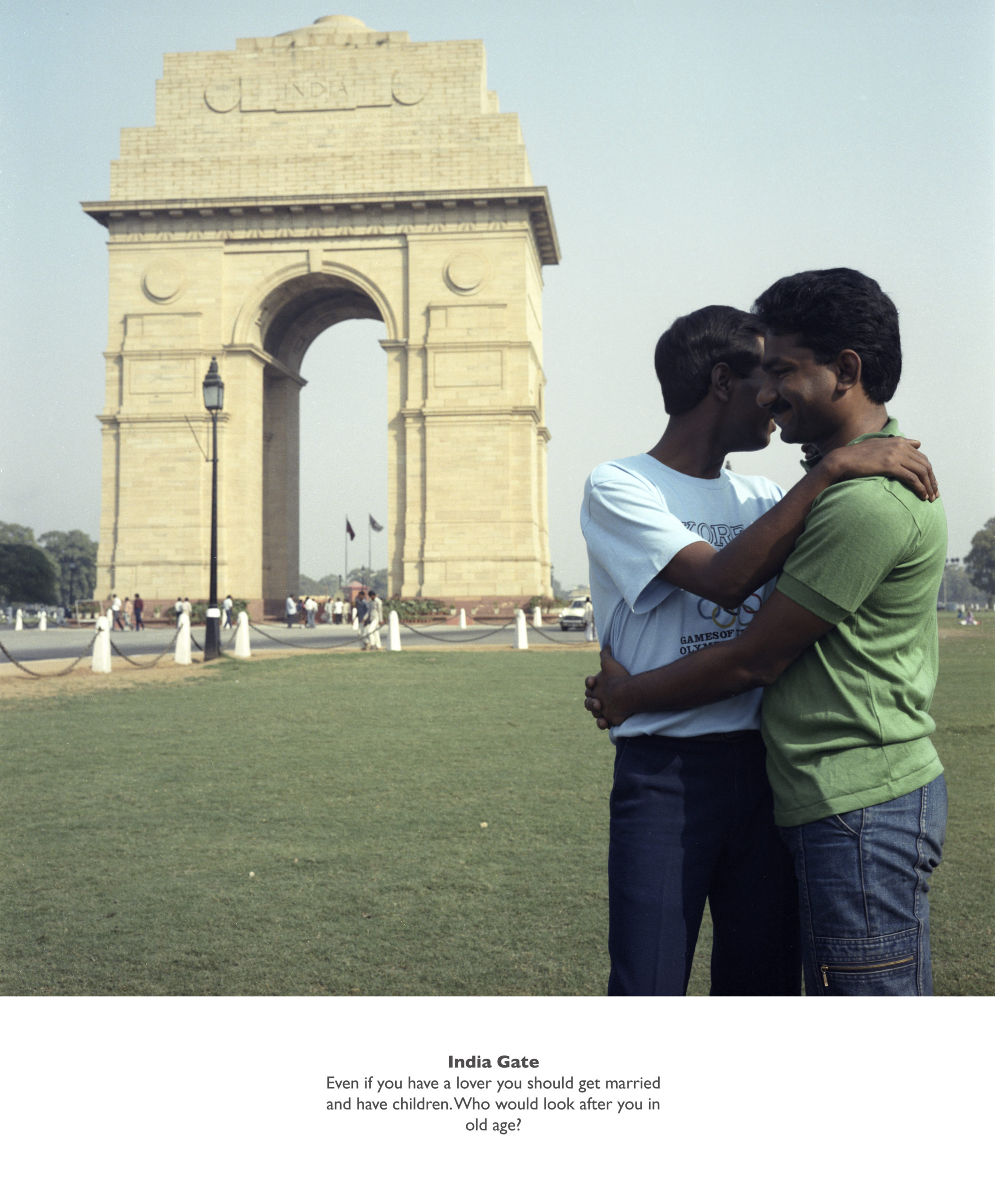
Sunil Gupta
Untitled #22, 1976
From the series Christopher Street
Courtesy the artist and Hales Gallery, Stephen Bulger
Gallery and Vadehra Art Gallery
© Sunil Gupta
All Rights Reserved, DACS 2020
SS: You are engaging in a lot of archival work, reviewing your work and occasionally making something new. Could you share more about your own archival and reflection processes, and how it tied into the concept for From Here to Eternity?
SG: Archiving work slowly arrived and grew tremendously with the advent of digital photography. I realised I had an overwhelming number of negatives and slides and that I should be scanning some of them. But then there were too many and how to decide which ones to scan? And so began a sporadic and lengthy process that goes back nearly 20 years. Every now and then I post some of the results to my website as a new series. This is how Christopher Street was born when it came to the attention of publishers Stanley Barker who made a book of these images that had largely never been printed. A few of the projects in the retrospective emerged in this archival way. It’s tied to the theme because a lot of the early historical work was all about locating others who, like me, were “damned from here to eternity.”
SS: Your work and your life are intimately connected to LGBTIQ+ activism. Would you be open to sharing some of the significant projects and moments, such as the Gay Liberation Movement in the 70s (NY) and your more recent campaigning for gay liberation in India?
SG: My life in gay liberation and activism started with my undergraduate years in Montréal. Although I was studying accounting at what is now Concordia University, I was able to join the fledgling campus group at McGill called simply “Gay McGill” in 1972. Those were heady days of setting up telephone support lines and marching on the street as well as organising gay discos at the students’ union to raise money to fund activities that included the publication of a gay tabloid called Gayzette that I took some pictures for as a hobby. It was also the public birth of my photography. I went to a lot of meetings and joined a gay literary society and wrote gay liberation manifestos that we handed out in gay bars. In New York I was more just an observer. It was in London in the 80s the activism of all sorts became my principal activity other than making a tutorial pictures for a living during the day. The early Montreal student activist life is documented in the show in the series, “Friends and Lovers“. When I arrived in India it in 2005, I joined an activist group called Nigah. I was reliving my youth by going to meetings regularly and helping to organise events and leaflets, Pride matches and even an annual festival of film, photography and performance called Nigah Queerfest — the festival was very successful at creating a local platform for generating queer production, a kind of cultural activism in itself. Models for two of my series Mr Malhotra’s Party and The New Pre-Raphaelites came from this pool of activities.
SS: How can people get hold of the publication that accompanies that show? This show will also be moving to Toronto next year. Could you share more details on that iteration?
SG: The publication for the show is also called Sunil Gupta: From Here to Eternity and is not a catalogue of the pictures in the show. It is a compilation of ephemera and personal photographs of events and people that happened around the making of the work in the period 1973-2012. [It is] published by Autograph (2020), edited and introduced by Mark Sealy and designed Fraser Muggeridge Studio. [It is] published in association with The Photographers’ Gallery, London; and Ryerson Image Centre, Toronto; [and] supported using public funding by Arts Council England. Also supported by The Bagri Foundation, London. It has just won the Kraszna-Krausz 2021 Photography and Moving Image Book Award. It is available from Autograph or me. The next and final stop of the exhibition will be at Ryerson Image Centre, Toronto from 15 January—22 April 2022.
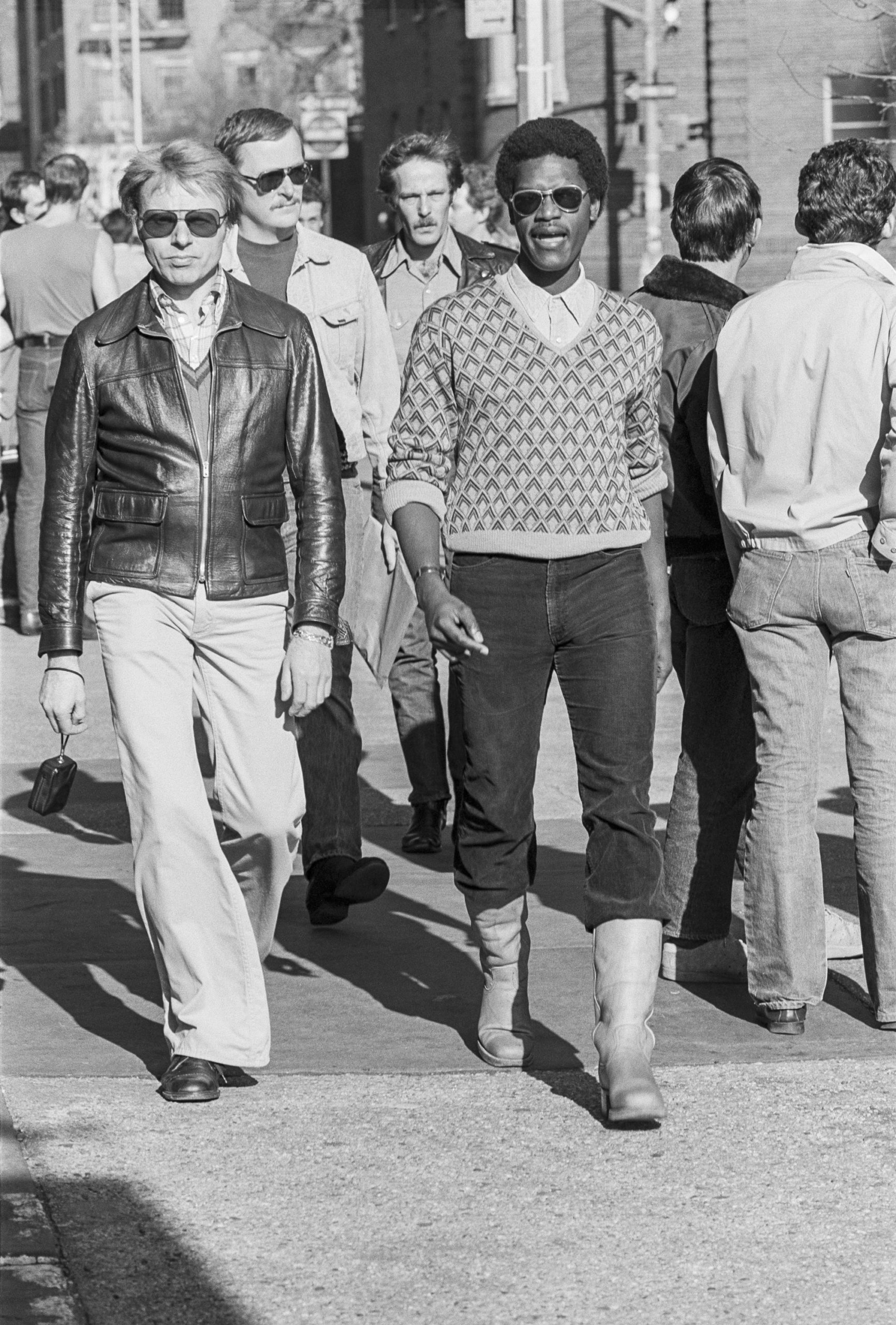
Sunil Gupta
Untitled #22, 1976
From the series Christopher Street
Courtesy the artist and Hales Gallery, Stephen Bulger
Gallery and Vadehra Art Gallery
© Sunil Gupta
All Rights Reserved, DACS 2020
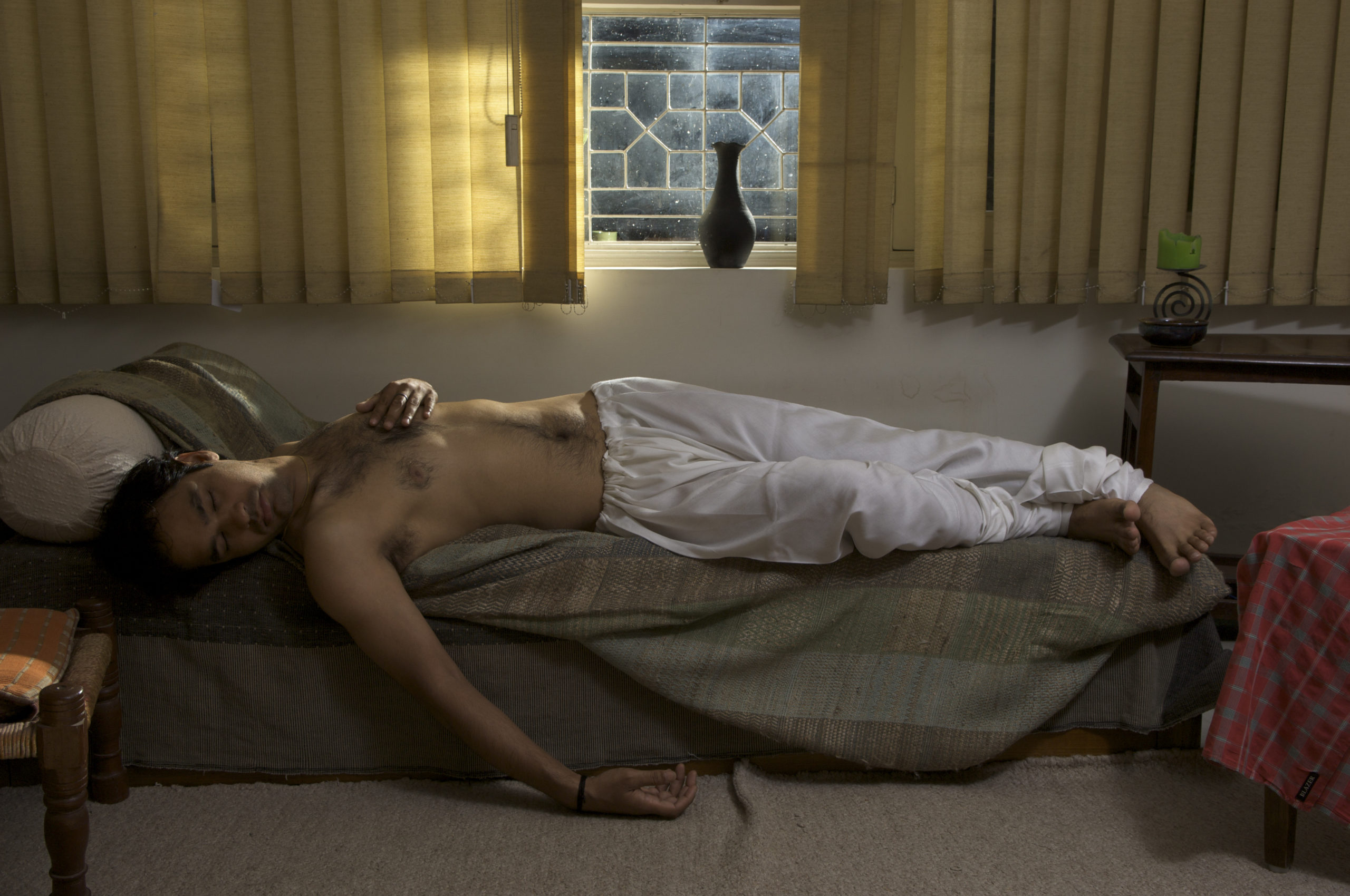
Sunil Gupta
Untitled #7, 2008
From the series The New Pre-Raphaelites
Courtesy the artist and Hales Gallery, Stephen Bulger
Gallery and Vadehra Art Gallery
© Sunil Gupta
All Rights Reserved, DACS 2020
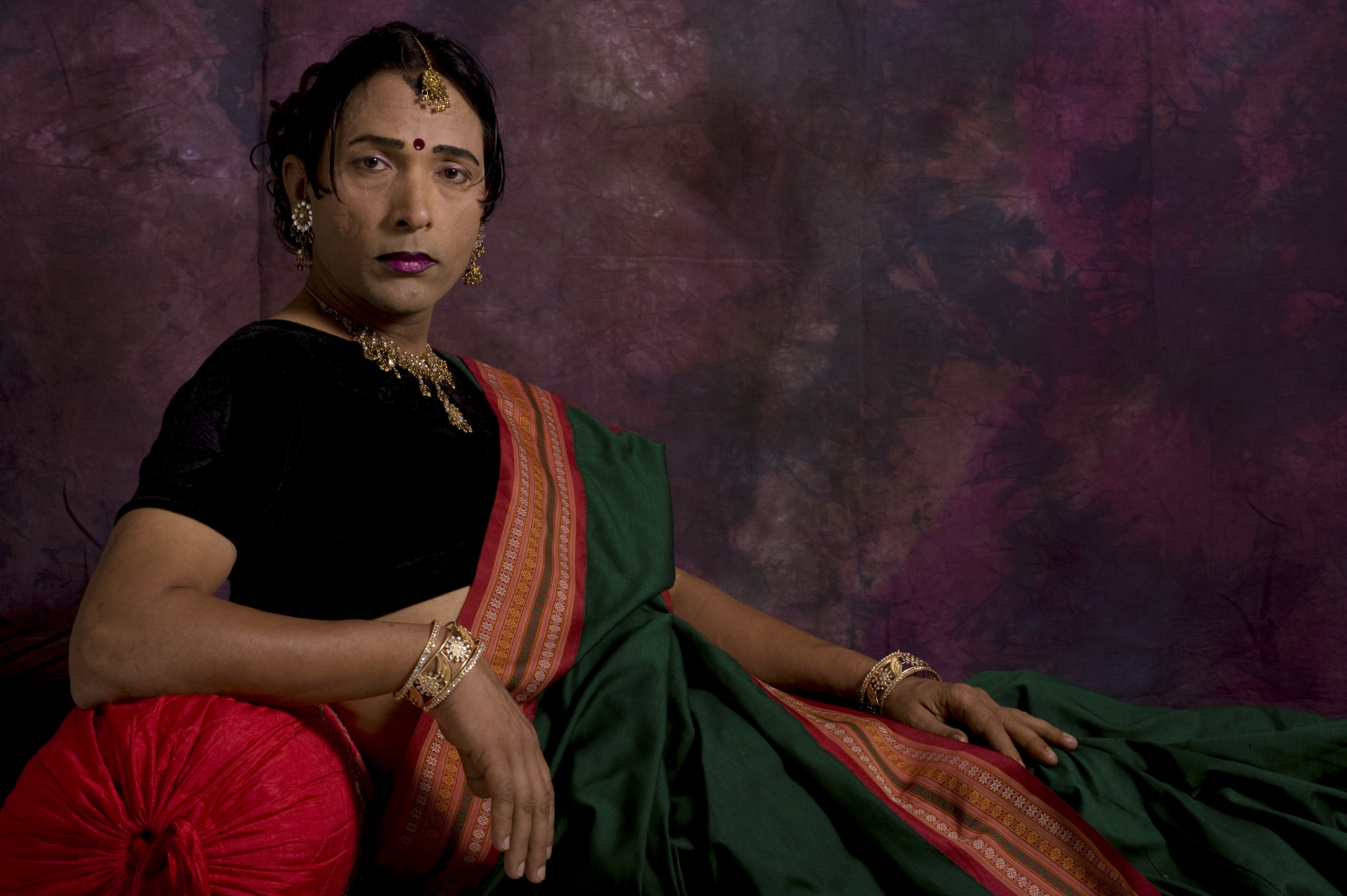
Sunil Gupta
Untitled #13, 2008
From the series The New Pre-Raphaelites
Courtesy the artist and Hales Gallery, Stephen Bulger
Gallery and Vadehra Art Gallery
© Sunil Gupta
All Rights Reserved, DACS 2020
CREDITS
‘From Here to Eternity: Sunil Gupta. A Retrospective’ is on display at The Photographers’ Gallery, London from 17 May-31 May 2021. tpg.org.uk

